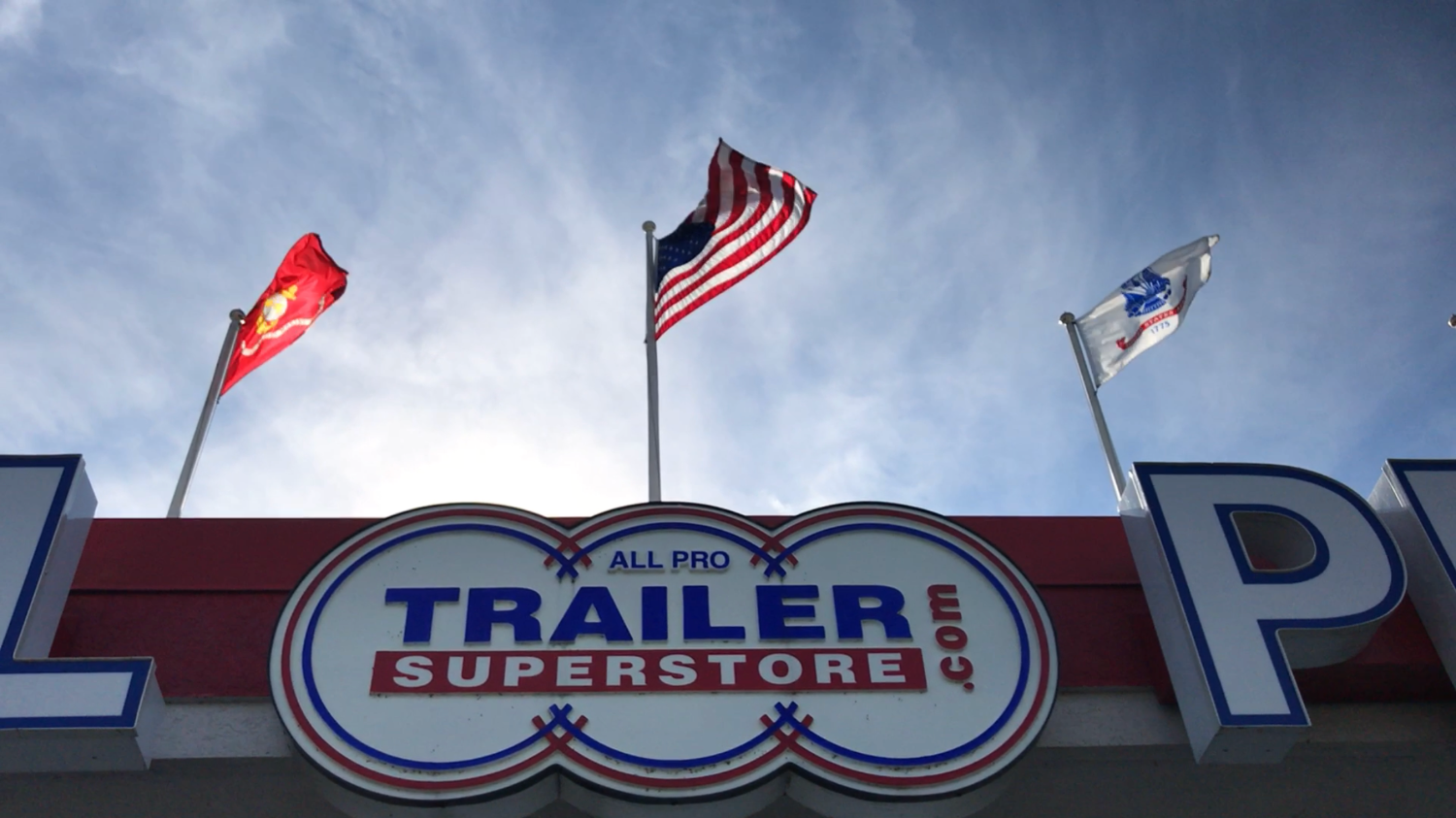Properly Storing and Transporting a Performance Vehicle
Jul 24, 2017Last Updated on September 30, 2024 by Daniel Houck
Last Updated on September 30, 2024 by allprotrailersuperstore
If you’ve spent the money on a performance vehicle, and perhaps even a custom trailer for your race car, it is important to spend the time and effort to store and transport it properly.
The engines of race cars when not used for a prolonged period of time need to be cared for and maintained to prevent corrosion. This is equally as important in the summer and the winter.
By following these simple steps for maintaining the engine, your race car will continue to perform up to par.
Fog the engine: If the engine is being stored in the car, start it up and use fogging spray to spray down the carburetor or injection stacks. Spray for about 15 to 20 seconds in order to properly coat the engine’s internal components. If the engine is being stored out of the car, use the fogging spray to coat the exhaust valve ports and sparkplug holes and then manually turn the engine over several times.
Drain all fluids: If you leave fluids in your engine throughout the winter, there’s a good chance you’re going to have an expensive bill come spring because of a frozen engine block that cracked. If you’re storing your engine in the winter in an unheated facility, make sure all of the fluids are drained out of it. If possible, it is recommended to store the engine in a location that is heated.
Purge methanol fuel systems: Methanol is one of the most corrosive fuels in your engine, so it is important to make sure it is completely drained out before storage. Remove all lines from the methanol fuel system and make sure everything is dry. Spray any valves or movable parts with WD40.
When securing your performance vehicle for transport in an enclosed cargo trailer, there are also some important tips to keep in mind. Perhaps the most important advice we can give has to do with loading your race car into its hauler.
Many people drive their cars into their trailers and then exit the vehicle by crawling out and squeezing their body along the side of the car to escape out of the trailer’s back door. While this can work sometimes, it’s also an easy way to damage the vehicle or injure yourself.
The best way to load a race car into an enclosed trailer is with a winch, as it allows you to remain outside the vehicle during the loading process. Here are a few steps to help you with winching your car into an enclosed trailer.
Set up a ramp: Use a ramp that is sure to support the vehicle’s weight and position it at the proper angle so that you don’t damage the car’s front bumper.
Prepare vehicle: Preparing the vehicle to be towed means aligning the car with the ramp so that it can go into the trailer without any adjustments. Place the car in neutral and make sure the parking brake is off. Also, if possible, fold in the side-view mirrors and reduce the height of any antennas by folding them down or unscrewing them. The idea is to make your car as compact as possible for transport.
Attach winch: Now you’re ready to attach the winch to your vehicle’s tow hooks. If your car doesn’t have tow hooks, there should be an alternative, “emergency towing” method in your owner’s manual. Most modern cars come equipped with a frame hook for towing but vehicles with a solid axle and no frame hook should just be hooked to the axle.
Move car forward: Move the car forward into the trailer as far as you can. If too much of the car’s weight is towards the rear of the trailer then you could experience swaying on the highway.
Park and tie down car: Put the car in park and put the parking brake on. Tie the car down and secure any loose items.



